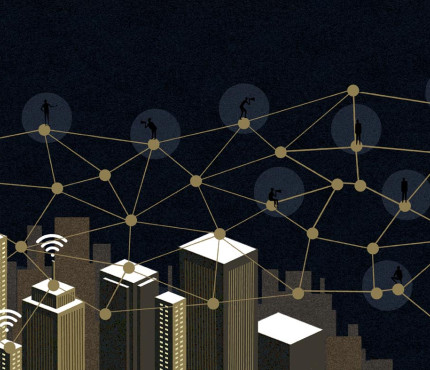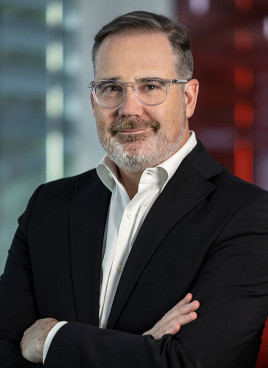All organizations need rules and standards to operate consistently and effectively, and to act as a framework for future growth. Without consistent standards, the organization will soon drift into chaos.
This is what operating models and operating systems are designed to provide. The operating system sets out the rules and standards by which you operate, while the operating model is the visual description of how the system works. If you don’t have these defined, it is very difficult for the organization to develop.
While there are numerous generic examples of target operating models, in reality, no two organizations will have the same model. To be truly effective over the long term, the operating model needs to be customized to the specific needs of the business.
We work with organizations across the Middle East and further afield, designing bespoke operating models to enable them to improve performance and achieve their strategic objectives.
The complexity of the operating model will depend on the maturity of the organization. Where you are today, however, is irrelevant. It is only important that you improve.
Whether it’s a dynamic high-growth business or a large government department, we work on facts, not assumptions. We don’t rely on senior managers’ opinions or remote questionnaires. We assess the true conditions on the ground with your people so we understand the real maturity of your organization. Not only in terms of processes, but also in terms of the capabilities of staff, the infrastructure that’s available, and your overall IT landscape.
Based on this acute understanding, we design a unique, pragmatic operating model based on best practice for your organization’s maturity level. We then work with you to build out the deep standards for the operating model, implementing them together so your people are engaged and able to take ownership of the model. In this way, knowledge is transferred from our team to yours and you can continue to pursue systematic continuous and digital improvement long after we have left.



















